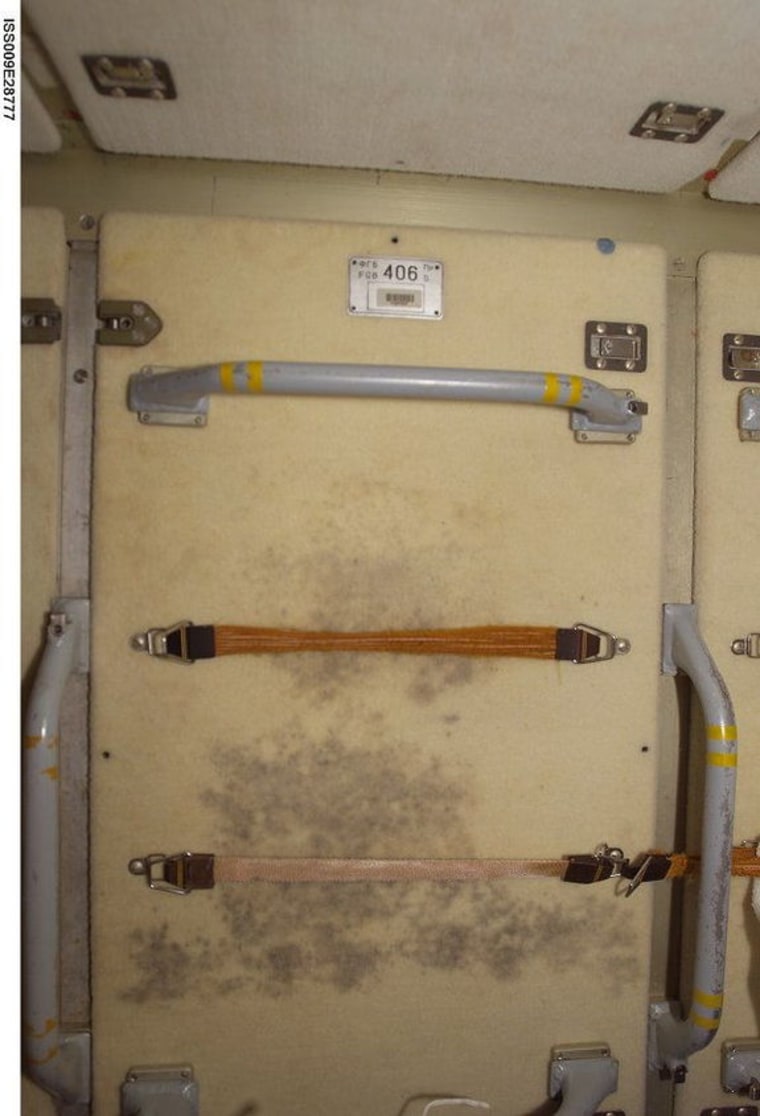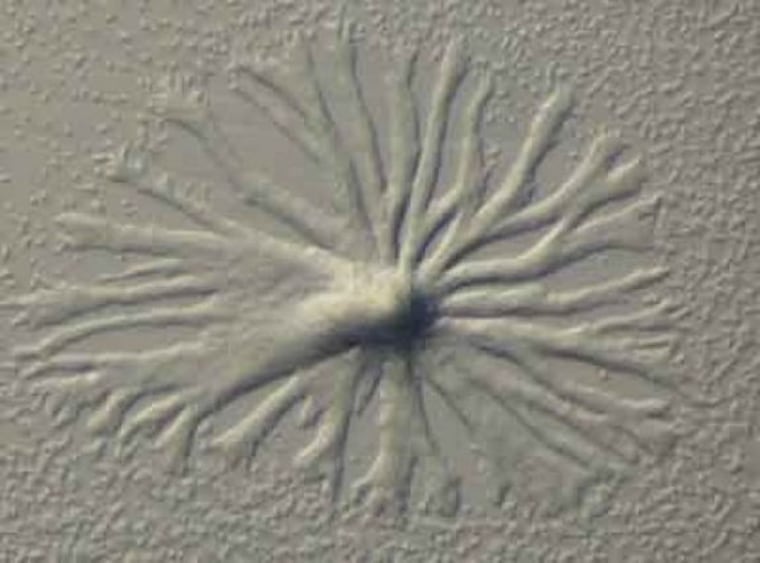It's not quite the slimy creatures from the movie "Ghostbusters," but it's close.
University students in Japan are building a slime-mold–housing micro-satellite that will orbit the Earth and send back photos of the creature's growth. The small satellite will transmit the pictures to Earth using amateur radio.
The Microbial Observation Satellite, TeikyoSat-3, is a project of Teikyo University and is a small satellite project of the Space System Society at the university's Utsunomiya campus.
[Extreme Life On Earth: 8 Bizarre Creatures]
TeikyoSat-3 weighs 44 pounds (20 kilograms) and is designed to study the impact of space radiation and the microgravity environment on a mold called Dictyostelium discoideum. This species of soil-living amoeba belongs to the phylum Mycetozoa and is often given the less than high-brow biological label of "slime mold."
The life cycle of D. discoideum is relatively short, which allows for timely viewing of all the stages of its life.
TeikyoSat-3 is slated for launch on Japan's H-IIA booster in Japanese Fiscal Year 2013, and will ride along with the Global Precipitation Measurement (GPM) main satellite, officials from the Japan Aerospace Exploration Agency (JAXA) public affairs department told SPACE.com.
The GPM spacecraft was jointly developed by JAXA and NASA as part of an international network of satellites that provide next-generation global observations of rain and snow.
Amateur satellites and biology
TeikyoSat-3 is one of several small satellites set to piggyback on a launch scheduled for January 2014, said Hirotoshi Kubota, professor of a special mission, faculty of science and engineering at Teikyo University. "This satellite is now in the process of testing of [the] engineering model," he told SPACE.com via email.

The TeikyoSat-3 group proposal stated, "Our micro satellite, TeikyoSat-3, takes a picture of the growth process of the slime mold, Dictyostelium discoideum, in space, and then downlinks the pictures to the ground station. We'll release the pictures on our website to the public and radio amateurs. We expect the public and radio amateurs to promote their interest of the amateur satellites and biology."
A ground station at the Teikyo University Utsunomiya campus will keep in contact with TeikyoSat-3. The plan is to actively make details about the tiny satellite available to the public in order to enable radio amateurs to receive images of slime mold directly from the spacecraft.
In building TeikyoSat-3, the university students are plotting out a low-cost "pharmacological mission," one that makes use of microscope and miniature-camera technology. The students will also have to control the temperature on board the satellite to ensure an environment within which the slime mold can live.
Life of its own
The value of studying microbial creatures in space has taken on a life of its own over the years.
During its 15 years of space travel, which ended in March 2001 with its deorbiting, Russia's Mir space station was found to house colonies of organisms. They were found alive and well, and growing on places like rubber gaskets around windows, on space suit hardware and on cable insulations and tubing.
More recently, officials from NASA's Human Research Program plan to gather and analyze biological samples to better investigate the International Space Station's "microbiome," the ever-changing microbial environment that can be found on the Earth-orbiting facility and its crew members.
Carrying out this work within the hectic environment of space is expected to give researchers data about whether alterations in the crew's microbiome are harmful to human health.
Bio-burden
China isn't exempt from the bio-burden of protecting human space travelers, either.
Researchers have eyed the "Heavenly Palace" that is China's Tiangong-1 space module as a microbial haven, too.
Despite an air purifier that cleans the module's air, and the astronauts' practice of wiping away dust with wet tissues before leaving, there could be unknown risks, according to Wang Xiang, chief commander of the space lab system. Microbes can pose a hazard to astronaut health, he told China Daily.
Wang said that mold was not only found on surfaces aboard Russia's Mir Space Station; it has also been seen on the International Space Station. He spotlighted one "moldie oldie" report stating that fungus grew in cosmonauts' ears during a mission on the former Soviet Union's Salyut space station.
Mold also presents a threat to space module components, Wang said. "It is a subject we will keep studying until China builds its own space station," he said.
Leonard David has been reporting on the space industry for more than five decades. He is former director of research for the National Commission on Space and is co-author of Buzz Aldrin's new book "Mission to Mars – My Vision for Space Exploration" published by National Geographic. Follow us @Spacedotcom, Facebook and Google+.
Original article on SPACE.com.
